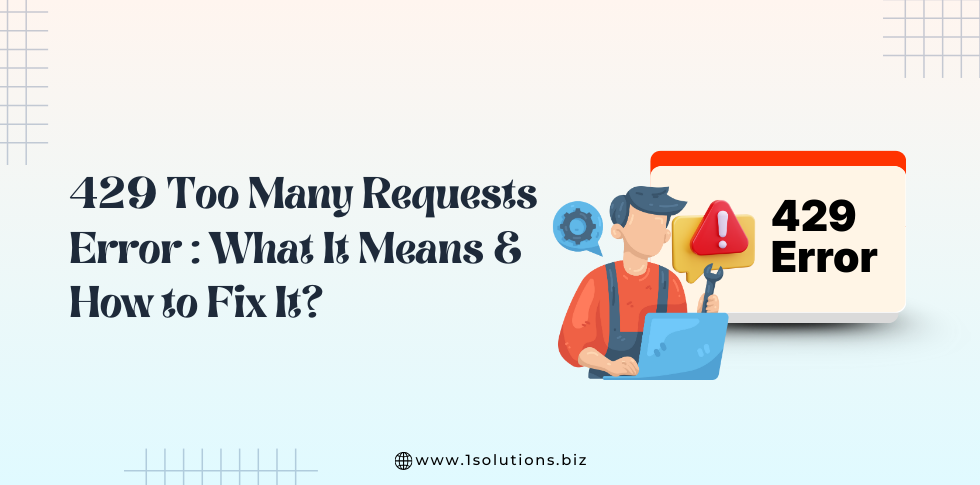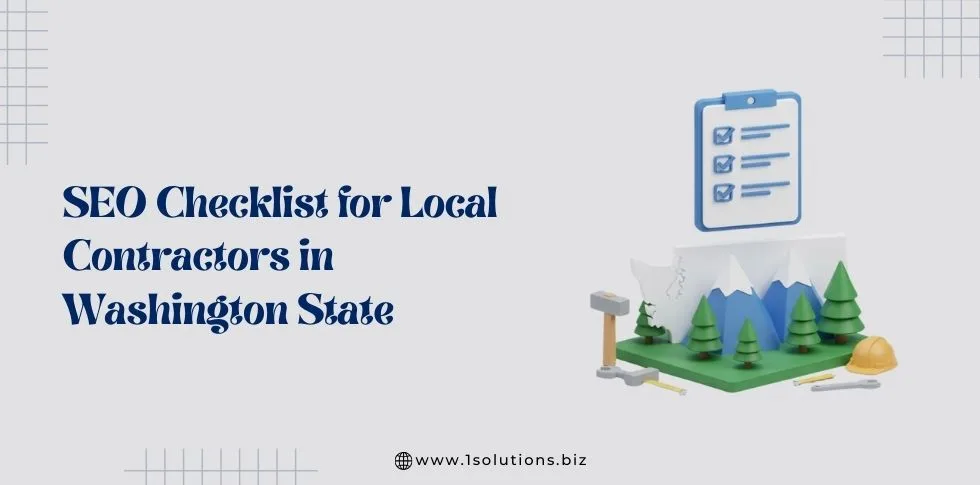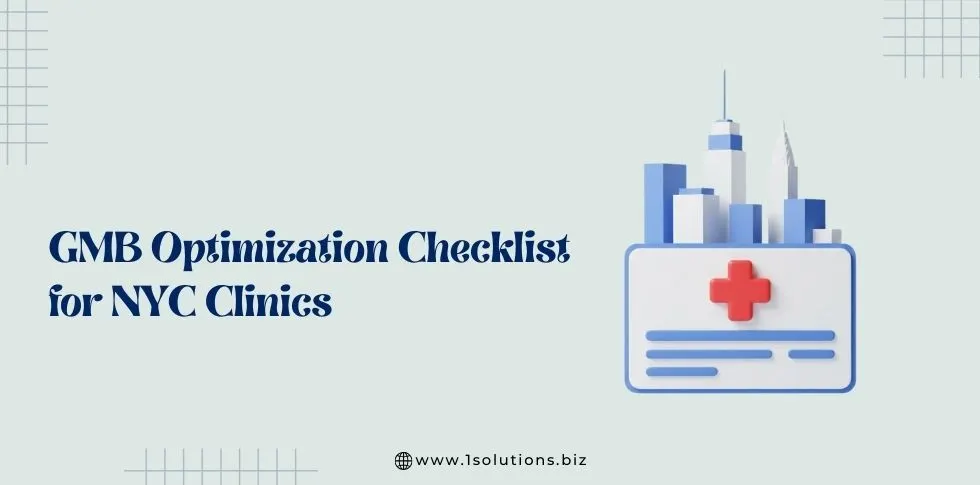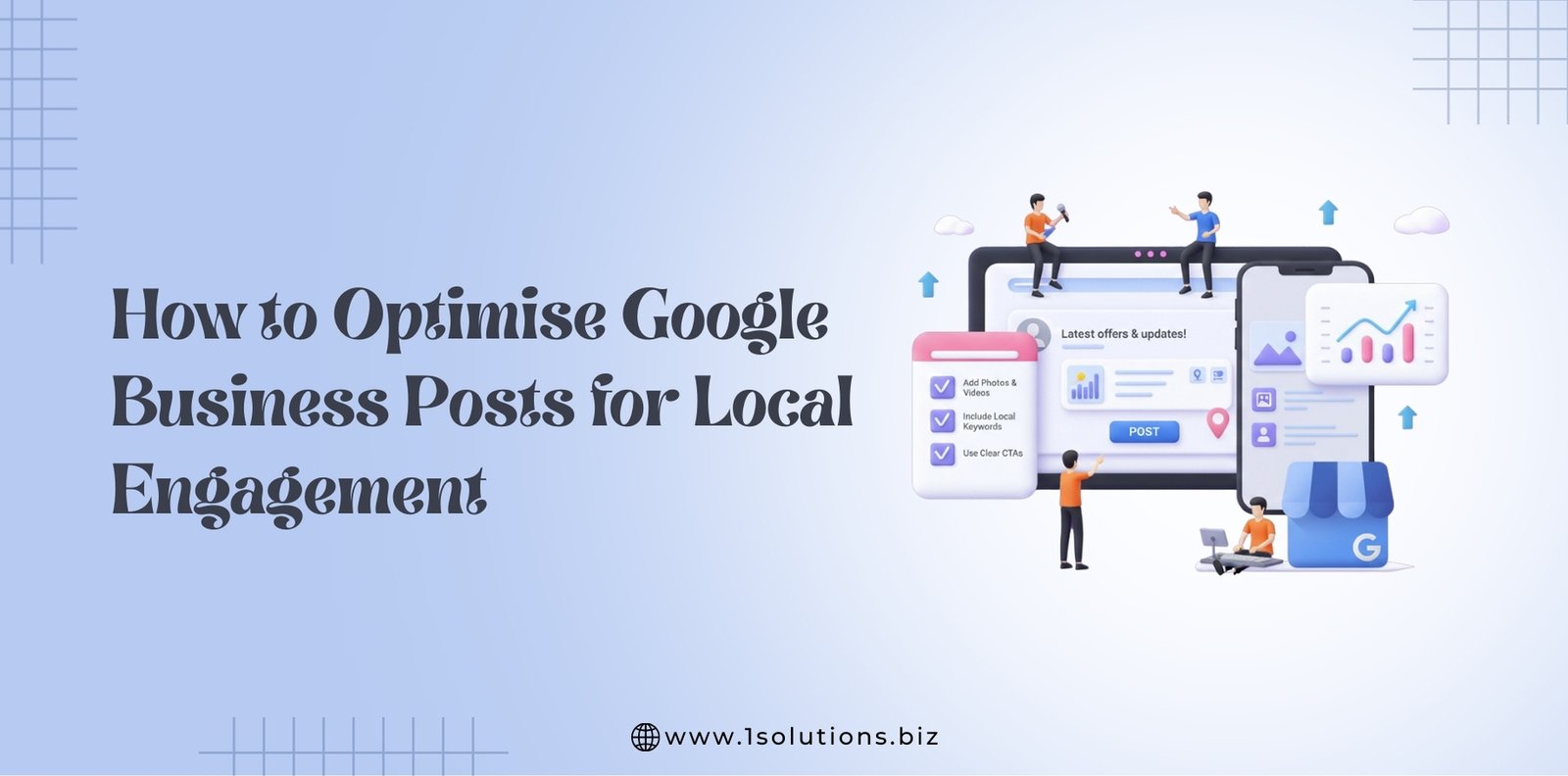SEO Industry is an ever-changing field. There have been many Google algorithm updates to encourage quality content and user experience. The SEO techniques implemented by most of the SEO’s are not benchmarked. Much of the information we learn is by trial and mistake, and the algorithm has already moved on by the time we have figured out something. So, a decent share of SEO tactics is predictably speculative, inconsistent, and hopelessly obsolete.
Today, let’s look at some of the strategies that still exist despite the Google algorithm being update or even outlawed. Some of them are nothing more than a waste of time, while others can actually penalize you.
1. One keyword pages
Back when the Google algorithm was not so sophisticated, a completely different set of search results would be generated by even the smallest alteration of a search query. So, in any issue, if you wanted to gain search visibility, you would have to build a dedicated page for each variation of keywords within this topic. Say, if you were selling business laptops, you’d have to create different pages for business laptops, professional laptops, office laptops, and laptops for work.
Why avoid this tactic?
Google has become very good at recognizing not only synonyms but also searches of similar intent since the launch of the Hummingbird update back in 2013. Today, you get an almost identical set of pages that fits your purpose rather than your choice of words, whether you are searching for business laptops, technical laptops, or work laptops.
It is now outdated to build dedicated keyword websites. When all this SEO effort could go towards creating one highly competitive page, why spread yourself thin trying to customize a dozen pages for as many queries. Not to mention that Google can consider hundreds of almost identical pages as spam and result in a search penalty.
What to do instead?
Create one page per topic, not per keyword. By using your target keyword, as well as its varieties, synonyms, and related search words, address the subject of the page.
Also Read: Old SEO Practices That Are Ineffective Now
2. Keyword density
The principle behind keyword density is that a certain percentage of the copy should be made up of keywords in order for Google to understand what the page is about. At its worst, it was proposed that an exact match of the target keywords should be as much as five percent of the text. Which is approximately once per word.
Why avoid this tactic?
Although keywords are still quite important, a thing of the past is both exact match keywords and keyword densities. As far back as 2011, Matt Cutts warned us that the use of keywords more than a few times per page has no added benefit and that overusing keywords can have a negative effect on rankings. In addition, pursuing percentages of keyword density can damage your copy’s fluidity, causing suspicion from both users and search engines, and possibly earning you a spam penalty.
What to do instead?
To find out the best use of keywords for each given subject, play it safe and use a dedicated SEO Content Editor. The Content Editor analyses your query’s top 20 search results and provides you with writing suggestions based on what is already effective for other websites, including both target keywords and suggested keywords. If you go overboard on keyword use, the editor will also warn you about the possibility of penalties.
Also Read: 12 Best Keyword Research Tools For SEO
3. Page length
Within the SEO group, there is a persistent belief that a page must have a minimum word count in order to reach top rankings. A few years ago, it used to be 1,000 words, then it went up to 2,000 words, and I think for now we have settled on 1,500 words. There have also been several studies showing that long-form content appears to have up to 77 percent more backlinks than short-face content.
Why avoid this tactic?
Although some persuasive data on content duration and rankings are available, correlation does not, as normal, imply causation. To all consumers and search engines, what really matters is that the content is detailed. It might mean 500 words for some topics, while it could mean 10,000 words for other subjects. It will result in low-quality content and correspondingly poor rankings to attempt to cover any of those topics in precisely 1,500 words.
What to do instead?
On a case-by-case basis, evaluate the word count. Better still, once your subject is drained, stop counting words and keep writing. Again, you can use a dedicated SEO Content Editor to review your competitors’ pages and learn what kind of content length for each specific subject is considered exhaustive.
Also Read: What is Mobile SEO? 6 Ways to Optimize Your Mobile SEO
4. Web 2.0 backlinks
The higher you rank in the quest, the more backlinks you have. Having enough websites willing to host links to your site was the only limiting factor. That’s where web 2.0 was really useful. The development of user-generated content has given SEOs countless new possibilities for connection placement, rapidly approaching spam pandemic levels.
Why avoid this tactic?
Google made it clear back in 2005 that it will penalize those websites that have a lot of spam created by users and encourage webmasters to take steps against the development of links. The implementation of the Nofollow attribute was one such step. The no-follow attribute prevents the link from passing on any authority to its destination page when added to a link, rendering the link useless.
Since then, most Web 2.0 websites and apps, including WordPress, Medium, Quora, YouTube, Flickr, Disqus, and all common social networks have adopted the no-follow attribute.
What to do instead?
While Web 2.0 backlinks are useless for SEO, they still make sense for the promotion of traffic and content. All legitimate techniques for sharing your content and steering traffic back to your website are getting a secondary forum, a presence on a message board, or an active social profile.
On top of that, some Web 2.0 websites in their own right are becoming search engines. People are now looking for YouTube, Quora, Reddit, or Instagram the same way they’d look for Google. It is also a type of search optimization to be present on those platforms.
Also Read: How AdWords can boost your SEO ratings?
5. Private Blog Networks
Another way to create backlinks on a scale is to develop your own website network and connect them back to your main website. The allure of this link-building strategy is that you are in-network charge, you do not have to bargain with other website owners, and the no-follow attribute will never fall victim to you. Done right, one of the fastest ways to improve the rankings is PBN.
Why avoid this tactic?
Google is not a big fan of PBNs and would not hesitate to hit the whole network with a penalty if found. Some PBNs, of course, are effective in preventing detection, hiring writers to produce high-quality content, spread their IPs around the world, and diversify their backlink profiles. That being said, the management of these PBNs is also costly, and most companies will struggle to break even on this approach, while also running a risk of eventual penalty and investment loss.
What to do instead?
To find legitimate placement opportunities for links, use SEO SpyGlass. Go to Domain Comparison > Intersection page, add two or more of your rivals and locate those websites that have connections to both of them. Apply no-follow links and low authority websites to exclude filters and you have a list of at least a few hundred prospects for yourself. Time for your outreach to start.
Also Read: How over doing SEO can kill your website?
6. Guest blogging
Yet via guest blogging, another way to build a lot of backlinks is. Guest blogging, at its worst, consists of automated email pitches and word soup blog posts that have absolutely little benefit for the user. The only point of a guest blog is to sneak the links to the website of someone else.
Why avoid this tactic?
For one thing, because guest blogging annoys people at Google and for quite a while now they’ve been upset. But, more importantly, because, among other things, I suppose, Google has learned to monitor spammy blog posts by looking at content quality, excessively optimized anchor texts, and the rate of backlink accumulation. So today, at best, low-quality blog posting is pointless and a penalty awaits at worst.
What to do instead?
Guest blogging, but only if done correctly, is still a legitimate link-building technique. Again, you can use SEO SpyGlass to recognize websites of high authority that already host links to a few of your rivals, authentically reach out to those websites, and offer to write a post that will add real value to your blog. Win the race slow and steady.
Also Read: Why You Need A Long-Term SEO Strategy?
7. Keyword-rich anchors
In order to signal connection relevance, anchor texts optimized for specific keyword matches used to be considered important and were commonly used by SEO professionals and content creators. Here is an example of what optimized anchors are considered by Google:
In papers or press releases posted on other pages, links with optimized anchor text. There are several wedding rings on the market, for instance. You’ll have to choose the right ring if you want to have a wedding. Flowers and a wedding dress will also need to be bought.
Why avoid this tactic?
For signaling backlink importance, exact-match anchors are no longer required. Google has gone beyond anchor text and is now using surrounding text to define link significance, as well as larger context. In addition, excessively optimized anchors, warranting a penalty, can be seen as abnormal and part of a connection system.
What to do instead?
There is no strict anchor text development standard, but it should usually strike a balance between being descriptive, but not overly optimized. Branded anchors (example: Link Assistant), naked anchors (example: www.link-assistant.com), and long-form anchors (example: link schemes as specified by Google’s Quality Guidelines) are suitable anchor formats.
8. E-A-T optimization
Google published a significant algorithm update in August 2018 that seemed to have a disproportionate effect on medical websites, leading to a common perception that the ranking criteria are now Knowledge, Authority, and Trustworthiness (E-A-T). A flood of E-A-T optimization advice followed this update, which included items such as recruiting trustworthy authors, optimizing websites, optimizing T&C pages, updating old posts, spell checking, and receiving social signals, among many other proposals.
Why avoid this tactic?
While none of the E-A-T optimization advice will harm your website, there has not been any definitive evidence of any impact on rankings from such optimization. E-A-T optimization can, to this end, waste resources better spent on proven SEO tactics. That being said, your users will certainly benefit from a more transparent website with clear expertise and signals of authority if you have the time.
What to do instead?
Use the WebSite Auditor to perform both site-wide and page-specific audits and to fix dozens of SEO-proven content and technical issues.
Also Read: Why Your Small Business Needs SEO?
9. AMP conversion
For developing extremely fast web pages, AMP is a Google-led open-source framework. AMP’s early adopters have seen their load speeds improve dramatically and Google has provided some search benefits. There were also a number of strict design limitations initially, which were gradually lifted.
Why avoid this tactic?
AMP is, first of all, not a ranking factor:
Secondly, in the SEO community, AMP conversion has had mixed results and many adopters eventually returned to non-AMP websites. The prevailing opinion is that AMP is useful only for news and media websites that, when transformed, are given prime SERP positions. If you are not a website for news or media, then it is unlikely that you will encounter any advantages from moving to AMP.
What to do instead?
To attain AMP-like load times without having to convert, follow the best design practices. A good place to start is to visit the page speed tool from Google and see what kind of problems your pages are facing.
10. Content spinning
By making slight adjustments to the old, content spinning is about creating new content. It can be done manually or by making a mashup of many related pages using dedicated software. Content spinning comes from a time when quality was prioritized over quantity and a lot of posts were required to build a backlink profile and deliver your own website with a steady stream of content.
Why avoid this tactic?
Content spinning results in very low-quality pages, which are quickly detected and either ignored or penalized by Google algorithms. So somewhere between useless and risky sits this tactic.
What to do instead?
If your primary purpose is to provide content for your own website, then choose to update old posts instead of spinning them into new ones. Apply to the title the current year, a disclaimer at the top of the page, and make sure all the details are updated. It takes about as much time as spinning a post does, except that the content improves, and the traffic is likely to be equivalent to what you would get from a new post.
Also Read: Six Essential Link Building Strategies for Local SEO
11. Exact match domains
Exact match domains, or domains rich in keywords, were once a very powerful search relevance signal. In reality, it was so easy to rank a query-friendly domain name that it didn’t matter what your website’s content was. Anything like buyviagraonline.com or bestpizzaplacela.com will be an instance of an exact match domain.
Why avoid this tactic?
Google has modified the algorithm as far back as 2012, but perhaps earlier, to disregard exact match domains as a rating signal and concentrate on the quality of content instead:
What to do instead?
There is nothing wrong with making an exact match domain and a quality website would not be penalized by Google alone for its name. But, going for an exact match domain means that you don’t use your brand name, and you probably use a keyword term that’s too long to be a domain name, all of which are problems with user experience. I’d still say choose to make it convenient for your users and use a domain with your brand name.
12. Meta keyword tag
By now, you’d think the keyword tag should be an honorable mention, but it’s quite nice and alive, still demanded by some consumers, still present on many websites. The keyword tag for those who skipped it was an HTML tag that specifically mentioned the page’s target keywords, such as:
Why avoid this tactic?
An official announcement was made by Google in September 2009 claiming that it does not use keyword meta tags to rate sites. It does not penalize keyword tags either, so if you like or if your client insists, you are free to use them, but it’s almost sure to be a waste of time.
What to do instead?
The best way to tell Google what your page is about is to produce quality content that suits the intent of the search and is semantically sound, including some use of keywords, but not as much and not as clear as back in the era of the meta tag keyword.
Final thoughts
If you want sustainable SEO rankings, you definitely need to keep up with the latest trends and techniques in SEO. Give attention to the new updates that Google announces. There are many SEO experts who regularly update about the new SEO techniques. Following their blog or social handles will be excellent for you in the long run.































 in India
in India